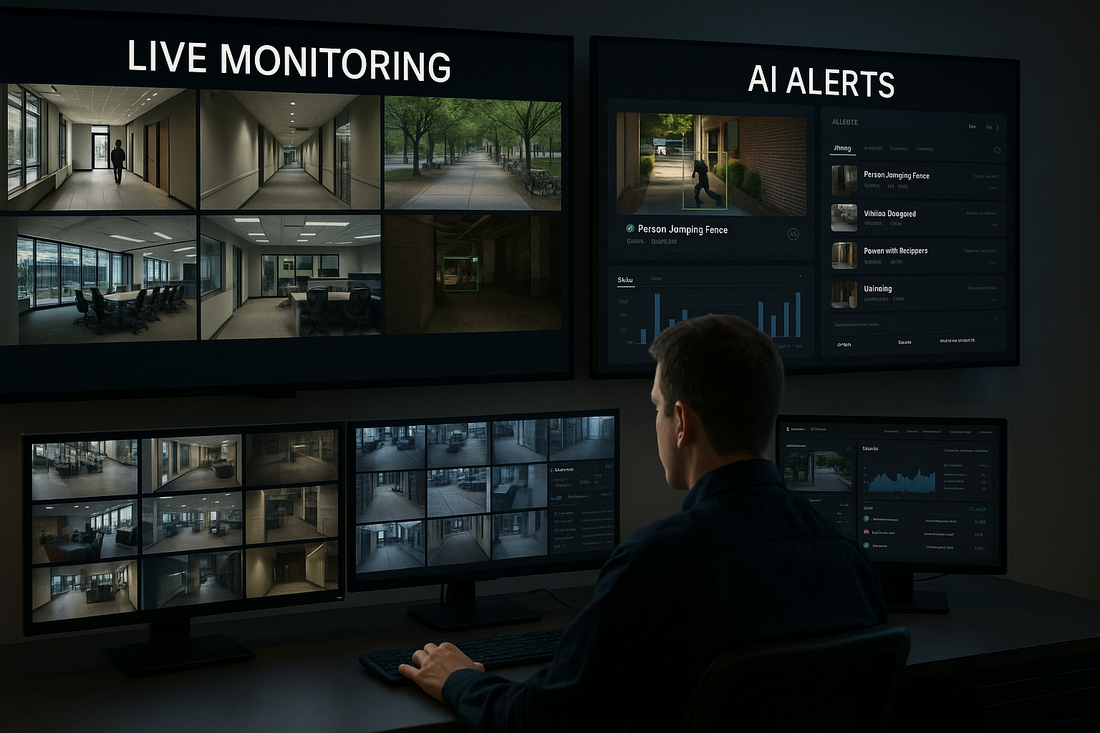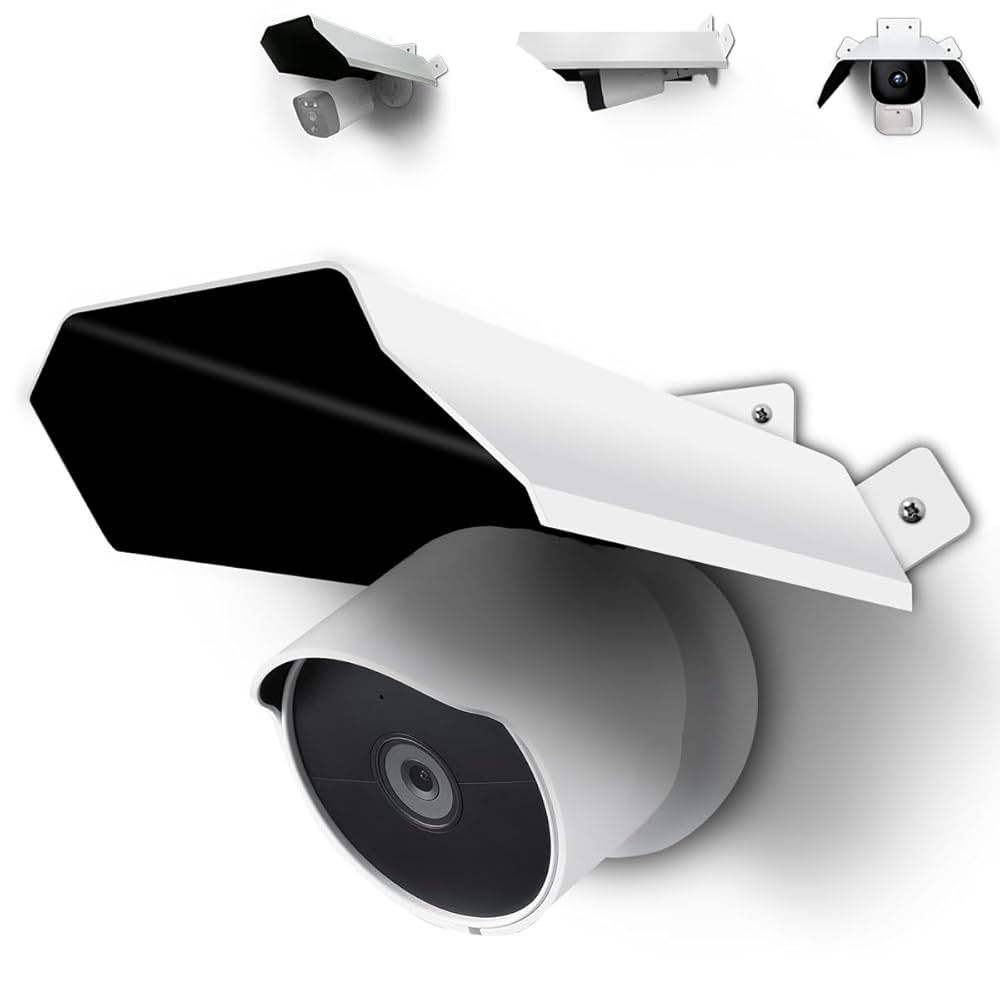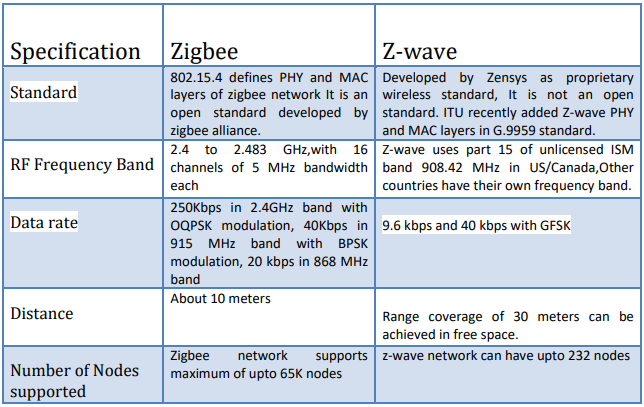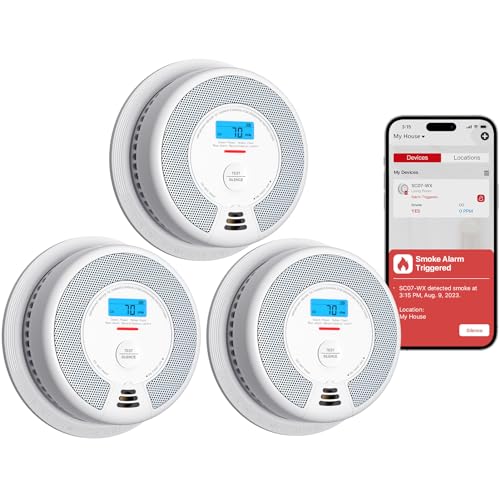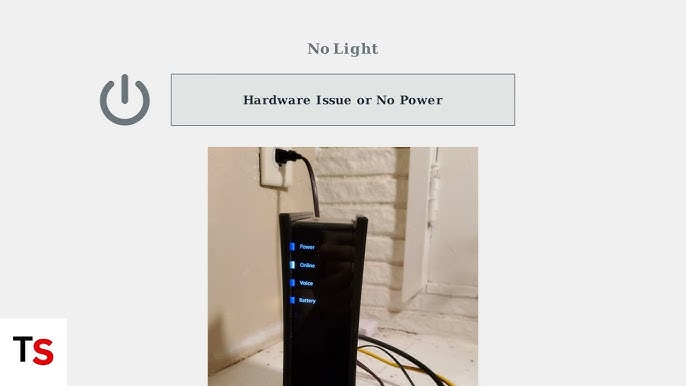Imagine knowing about security threats the moment they happen, giving you the power to act before any damage is done. That’s exactly what live security alerts offer you.
Whether it’s protecting your home, business, or personal data, staying one step ahead can make all the difference. You’ll discover how live security alerts work, why they matter to your safety, and how you can use them to keep what’s important to you safe and secure.
Ready to take control of your security? Keep reading.

Credit: www.youtube.com
Why Live Security Alerts Matter
Live security alerts notify you instantly about threats. They help protect your data and devices.
With real-time updates, you can act quickly to stop attacks. This reduces risks and damage.
Immediate Threat Detection
Live alerts catch dangers as they happen. They give you a chance to respond fast.
Without instant alerts, threats may go unnoticed for hours or days. This delay can cause harm.
- Stops attacks early
- Limits data loss
- Protects user privacy
Improves Security Awareness
Live alerts keep users informed about current risks. This helps people stay alert and cautious.
When users know about threats, they avoid unsafe actions. This lowers the chance of breaches.
- Encourages safer behavior
- Educates on new threats
- Builds security habits
Supports Faster Incident Response
Live alerts let teams respond to security incidents quickly. Fast response reduces damage and costs.
Quick action can stop hackers and limit access to sensitive data. This keeps systems safer.
- Speeds up investigation
- Helps contain threats
- Minimizes downtime
Types Of Instant Threat Updates
Live security alerts give quick updates about dangers. They help people stay safe by sharing important information fast.
Instant threat updates cover different areas. These include online risks, physical dangers, and natural events.
Cybersecurity Alerts
Cybersecurity alerts warn about online threats. They include attacks on computers, data breaches, and malware.
These alerts help users protect their devices and information. They often suggest actions to stop the threat.
- Phishing scam warnings
- Ransomware attack notices
- Data breach announcements
- New malware or virus alerts
Physical Security Warnings
Physical security warnings alert people about dangers nearby. These include crimes, suspicious activities, and accidents.
They help communities stay aware and take safety measures. Law enforcement often issues these alerts quickly.
- Active shooter alerts
- Burglary or theft warnings
- Missing person notices
- Public safety hazard updates
Natural Disaster Notifications
Natural disaster notifications inform about weather and environmental dangers. These include storms, floods, and earthquakes.
These alerts help people prepare and stay safe during emergencies. They often include evacuation instructions.
- Severe weather warnings
- Earthquake alerts
- Flood and tsunami notices
- Wildfire danger updates
How Live Alerts Work
Live security alerts notify users about threats as they happen. They help protect systems by sharing quick updates.
These alerts come from many sources and use fast analysis. Alerts reach users through different channels.
Data Sources And Monitoring
Live alerts depend on data from many places. Systems watch networks, devices, and software for signs of trouble.
Common data sources include logs, sensors, and user reports. Monitoring tools scan these sources all the time.
- Network traffic logs
- System and application logs
- Firewall and antivirus alerts
- User activity reports
- External threat intelligence feeds
Real-time Analysis
Systems analyze data instantly to find threats. They use rules and patterns to spot unusual activity.
Some tools use artificial intelligence to improve detection. Quick analysis helps stop attacks early.
- Pattern matching of known threats
- Behavior analysis for unusual events
- Machine learning to detect new risks
- Correlating events from multiple sources
Alert Delivery Methods
Alerts reach users through various ways. The goal is to inform the right people fast.
Delivery methods include emails, SMS, and app notifications. Some systems also use dashboards and phone calls.
- Email messages
- Text messages (SMS)
- Mobile app alerts
- Web dashboards
- Phone calls for critical issues

Credit: brands.live
Top Platforms For Security Alerts
Security alerts keep you informed about threats and risks in real time. They help you act fast to protect your data and devices.
Different platforms deliver security alerts through various channels. Choosing the right platform helps you stay safe and updated.
Mobile Apps
Mobile apps provide instant security alerts on your phone. They send notifications about breaches, malware, and phishing attempts.
Apps often include features like real-time scanning and advice on how to respond to threats.
- Push notifications for immediate alerts
- Built-in security tools for quick checks
- Easy access to alert history
Email And Sms Notifications
Email and SMS alerts reach users directly on their inbox or phone. They deliver important security updates and warnings.
These alerts are simple to set up and work well for people who check messages often.
- Email alerts provide detailed information
- SMS alerts offer quick, concise messages
- Both can include links to more info
Social Media Channels
Social media platforms share security alerts from official accounts. They update followers about new threats and safety tips.
These channels allow quick sharing and discussions on security issues.
- Follow trusted accounts for latest alerts
- Use hashtags to find related updates
- Engage with communities for advice
Benefits Of Instant Threat Updates
Live security alerts provide quick information about threats. Instant updates help people stay safe and act fast.
Getting threat news right away can reduce harm and improve safety for everyone involved.
Proactive Risk Management
Instant threat updates let you spot risks early. You can plan and take steps before problems grow.
This helps avoid damage and lowers the chance of big problems later.
- Identify threats before they spread
- Create safety plans quickly
- Reduce damage with early action
Faster Response Times
Live alerts speed up how fast people react to threats. Quick responses can stop problems from getting worse.
Emergency teams and individuals can act right away with the latest information.
- Send help faster
- Warn others immediately
- Limit threat impact quickly
Enhanced Situational Awareness
Instant updates give a clear view of what is happening around you. This helps you understand the risk better.
Knowing more about the situation helps you make smart choices and stay safe.
- Track threat locations in real time
- Know threat types and severity
- Stay informed of changes quickly
Challenges In Live Security Alerts
Live security alerts help protect people and property. They warn about dangers in real time. But these alerts face many challenges.
These challenges affect how useful the alerts are. Understanding them helps improve security systems.
False Alarms And Accuracy
False alarms happen when alerts warn about problems that are not real. Too many false alarms make people ignore alerts.
Accuracy means giving correct alerts. It is hard to keep alerts accurate all the time. Sensors and software can make mistakes.
- False alarms waste time and resources
- Low accuracy reduces trust in alerts
- Improving sensor quality can reduce errors
Information Overload
Live alerts can send many messages quickly. Too many alerts cause confusion. People may miss important warnings.
It is important to filter alerts. Only the most urgent and relevant alerts should reach users. This helps them act fast.
- Too many alerts overwhelm users
- Important alerts can be lost in the noise
- Alert prioritization improves response time
Privacy Concerns
Live security alerts often use cameras and sensors. These devices can collect private information about people.
There is a risk of data misuse. Users worry about who sees their information and how it is stored.
- Data collection can invade privacy
- Strong data protection is necessary
- Users need clear information about data use
Tips To Stay Safe Using Live Alerts
Live security alerts help you stay aware of dangers nearby. They give quick updates about threats or emergencies.
Using these alerts wisely keeps you safer and better prepared. Follow simple tips to make the most of live alerts.
Customizing Alert Preferences
Set up alerts to match your needs. Choose the types of alerts you want to receive, like weather or crime warnings.
You can also select how you get alerts: by text, email, or app notification. This helps you act fast.
- Pick alerts relevant to your area
- Choose alert methods that work for you
- Adjust alert times to avoid disturbances
Verifying Alert Credibility
Not all alerts are true or accurate. Check the source before acting on any live alert.
Use trusted apps or official sites for updates. Avoid sharing alerts without confirming their truth.
- Look for alerts from government agencies
- Check multiple sources for the same news
- Ignore alerts that seem unusual or unclear
Taking Immediate Action
When you get a live alert, act quickly but calmly. Follow the instructions given in the alert.
Prepare an emergency plan for different situations. Staying ready helps you respond better to threats.
- Find a safe place if warned about danger
- Contact family or friends to inform them
- Follow official advice and updates closely

Credit: www.youtube.com
Future Trends In Security Alert Systems
Security alert systems are improving fast. New technologies help keep people safer. These systems warn users about threats in real time.
Future trends focus on smarter alerts and better communication. Alerts will be more accurate and reach more devices.
Ai And Machine Learning Integration
AI helps security alerts become smarter. It learns from data to spot threats faster. This reduces false alarms and improves safety.
Machine learning can predict risks before they happen. It analyzes patterns and sends early warnings. This helps users react quickly.
Cross-platform Alerting
Alerts will work on many devices at once. Phones, computers, and smart home tools will all get the message. This makes sure no alert is missed.
Cross-platform alerting lets people stay informed no matter where they are. It increases the chances of quick action during emergencies.
- Mobile phones
- Wearable devices
- Smart home systems
- Desktop notifications
Community-driven Reporting
Communities will play a bigger role in security alerts. People can report dangers and share information quickly. This helps alert systems verify threats fast.
Community input improves alert accuracy. It builds trust and helps authorities respond better. More eyes on the ground mean better safety for everyone.
Frequently Asked Questions
What Are Live Security Alerts?
Live security alerts are real-time notifications about potential security threats. They help users take immediate action to protect their systems. These alerts can cover issues like unauthorized access, malware attacks, or data breaches. Receiving timely alerts is crucial for maintaining robust cybersecurity practices and safeguarding sensitive information.
How Do Live Security Alerts Work?
Live security alerts work by continuously monitoring network activities and detecting anomalies. They use advanced algorithms to identify suspicious behaviors. When a threat is detected, an alert is sent to the user. This enables quick action to neutralize the threat and protect critical data from potential harm.
Why Are Live Security Alerts Important?
Live security alerts are important because they provide timely warnings of potential threats. They help prevent unauthorized access and data breaches. By receiving these alerts, users can act quickly to mitigate risks. This proactive approach is essential for maintaining cybersecurity and protecting sensitive information from cybercriminals.
How Can I Receive Live Security Alerts?
You can receive live security alerts by subscribing to a security service or installing security software. These services monitor your systems and notify you of any suspicious activity. Ensure that your contact information is up-to-date to receive alerts promptly. Regularly review alerts to stay informed and secure.
Conclusion
Live security alerts keep you aware of threats in real time. They help you act fast and protect your data. Staying informed reduces the risk of cyber attacks. Everyone benefits from clear, timely security updates. Trusting these alerts makes your online experience safer.
Keep your devices and information secure by paying attention. Stay alert. Stay safe.
19 min read

